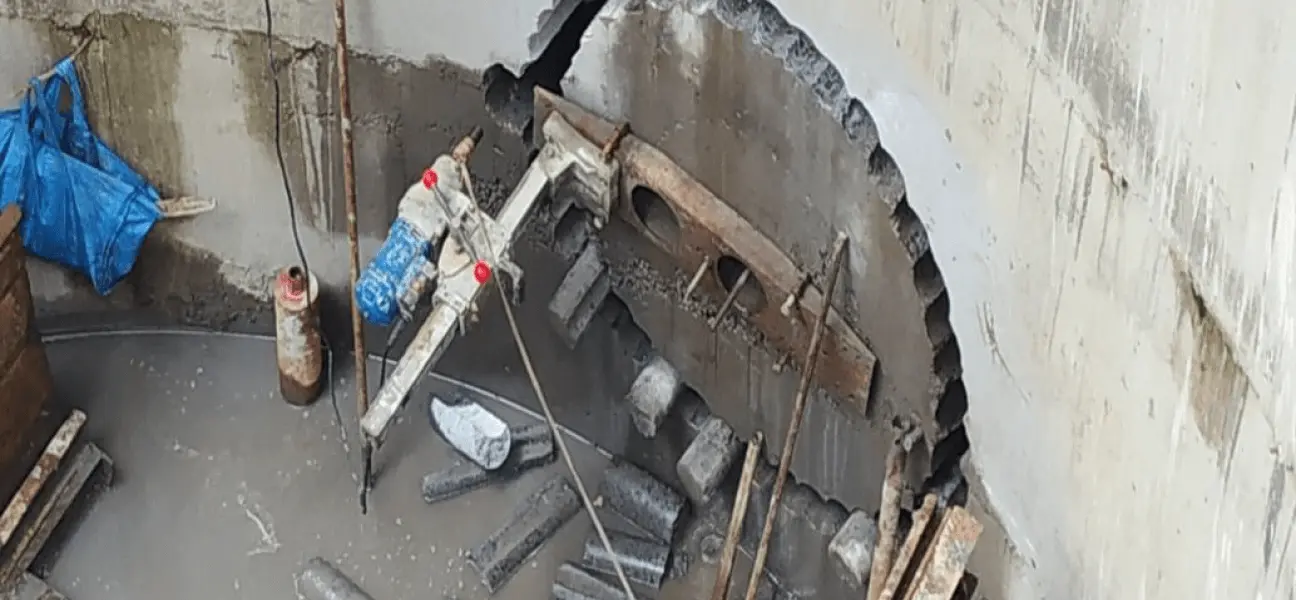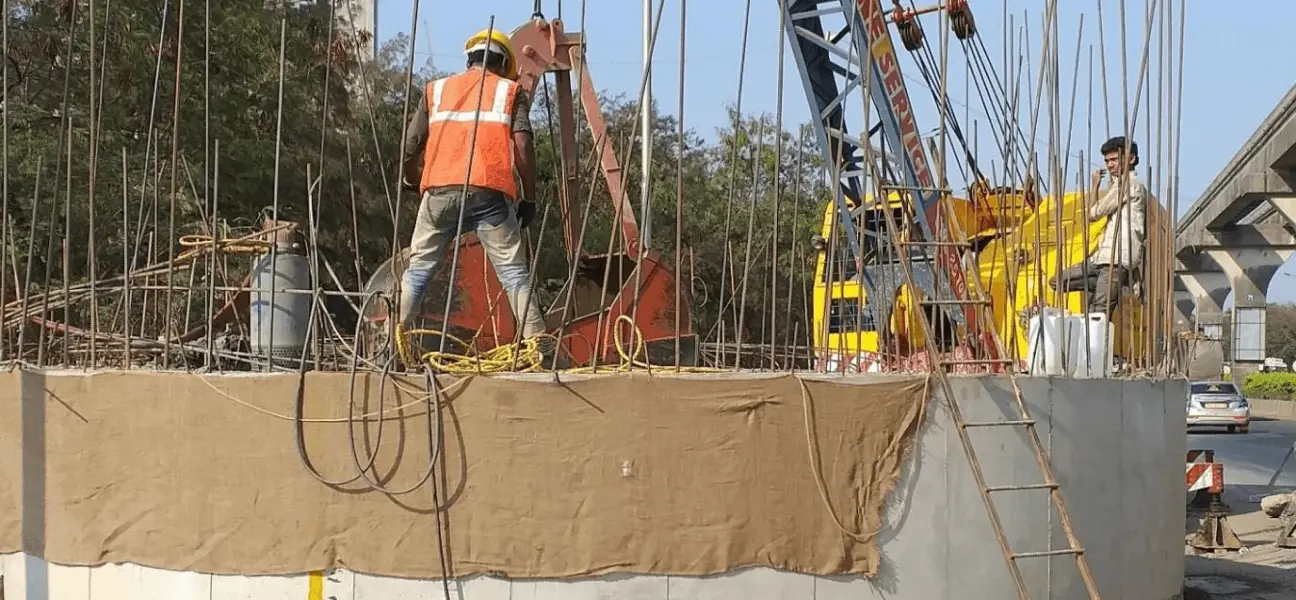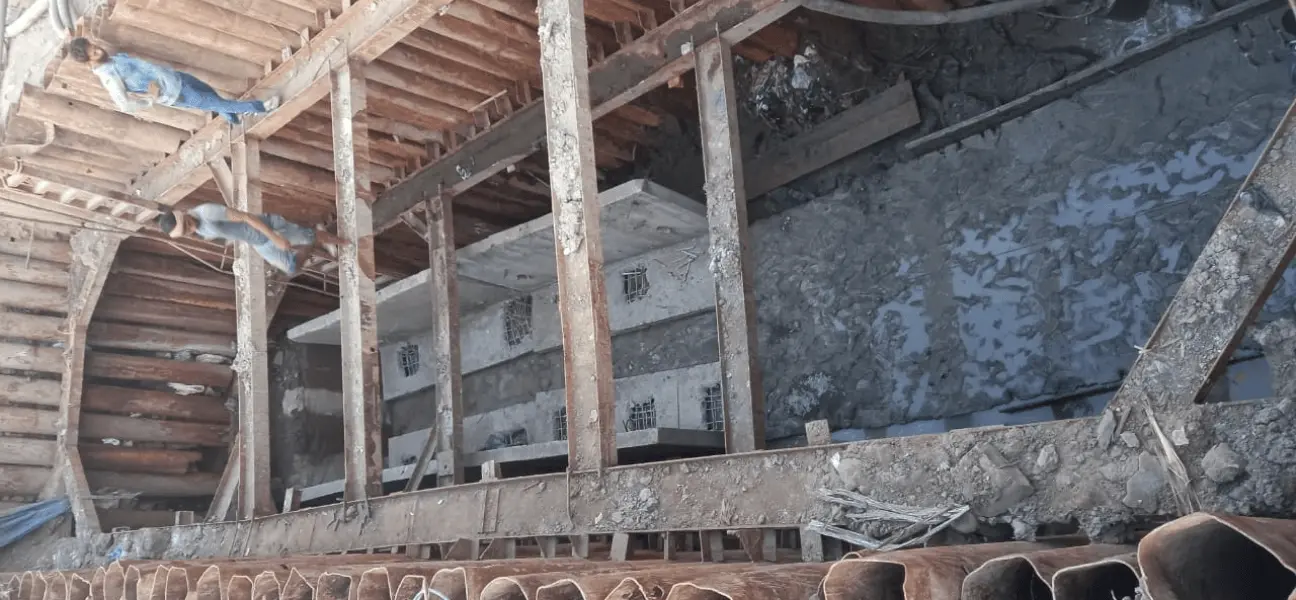Laying RC Pipe Sewer Lines through Microtunnelling, Mumbai
Project Description
The project involves the installation of a reinforced concrete (RC) pipe sewer line extending from Anik Wadala to CST Road Junction in Mumbai. Utilizing advanced micro-tunneling and pipe jacking methods, this project aims to enhance the sewerage facilities in the Anik Wadala area. It includes comprehensive ground improvement measures and related works to ensure the successful completion of the project.
Project Facts and Numbers
- Project Name: Providing and Laying RC pipe sewer line from Anik Wadala to CST Road Junction by Micro-tunneling and Pipe Jacking Methods
- Location: Anik Wadala to CST Road Kurla Junction
- Total Area Served: 675.54 hectares
- Total Length of Sewer Line: 5,063 meters
- Ground Improvement Length: 3,746.40 meters
- Ground Improvement Area: 25,475 square meters
Purpose
The primary objective of the T-3 Project is to provide an efficient sewerage facility for the Anik Wadala area, facilitating the safe disposal of wastewater from Anik Wadala to CST Road Kurla in the F/N Ward, M/West, and L Ward.
Benefits
The sewerage facility will benefit an extensive area of approximately 675 hectares, including:
- F/N Ward: Bharni Naka, Sangam Nagar, Pratiksha Nagar, Antop Hill, Anik-Wadala Area, Kokari Agar
- M/West Ward: MMRDA and Bhakti Park Area
- L Ward: Shivshrushti Nagar Area, Kurla
Challenges
The project faced several challenges due to the cohesive soil structure (Montmorillonite), low bearing capacity, and buoyancy effects. The primary challenges included:
- Cohesive soil with no particle friction and low bearing capacity (0-2 SPT)
- Pipe floatation due to buoyancy
- Subsoil water and tidal effects
Solutions Implemented
- Ground Improvement: Utilized lime stabilization in marine clay to enhance soil properties.
- Cation Exchange: Reacted with siliceous components of clay.
- Flocculation: Improved strength properties through rapid flocculation.
- Crystallization: Enhanced long-term strength with calcium silicate hydrate and calcium aluminate hydrate gels.
- Engineering Adjustments:
- Low RPM and constant forward movement to avoid settlement
- Lightweight gear and smaller motor to reduce TBM weight
- Center of gravity optimization to prevent dive risk
- Specially designed cutter wheel and M50 grade RCC pipe with HDPE liner
Special Technologies Used
- Lime Stabilization: Improved marine clay ground conditions via cation exchange, flocculation, and crystallization processes.
- Nalla Crossing Methodology: Implemented concrete channels supported by bearing piles for sewer line stability under S.W. Nallas, with proper signage for alignment and coordination with the SWD Department.
The T-3 Project successfully addressed various engineering and logistical challenges, providing a crucial infrastructure upgrade to support the growing needs of the Anik Wadala area.



